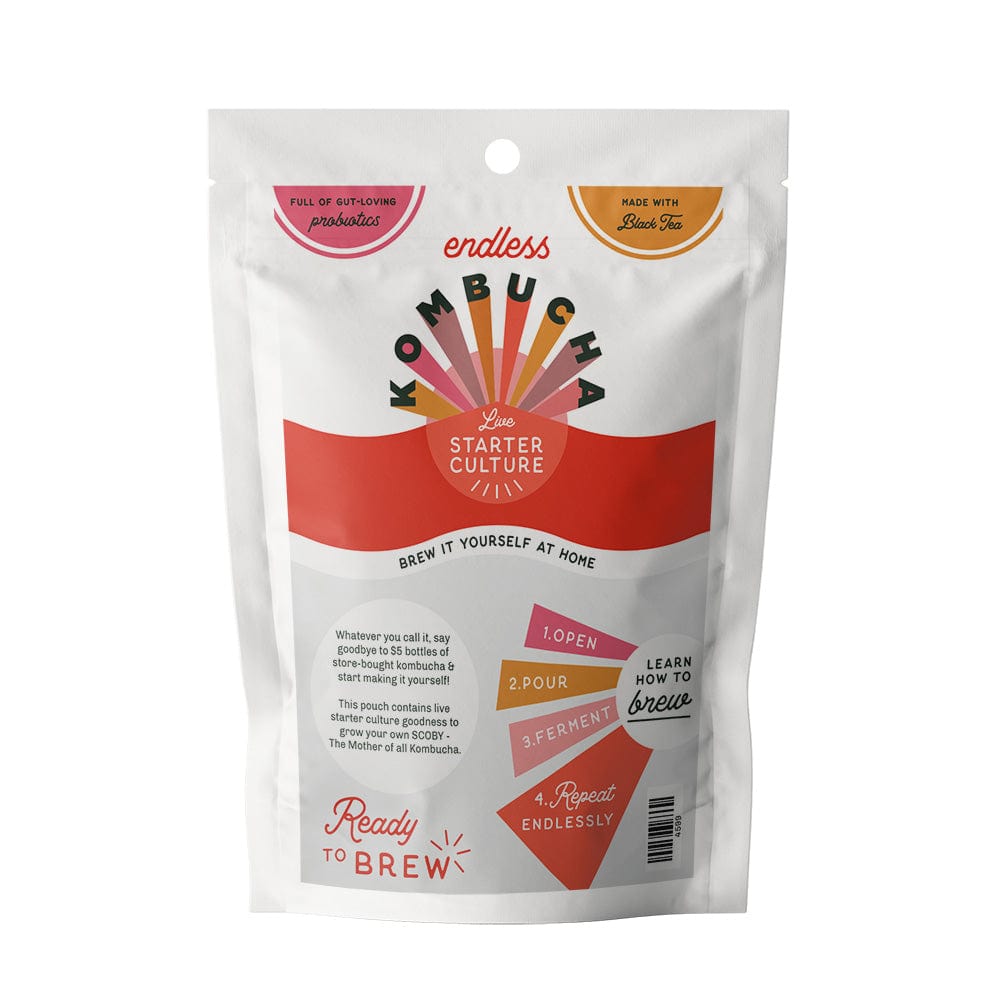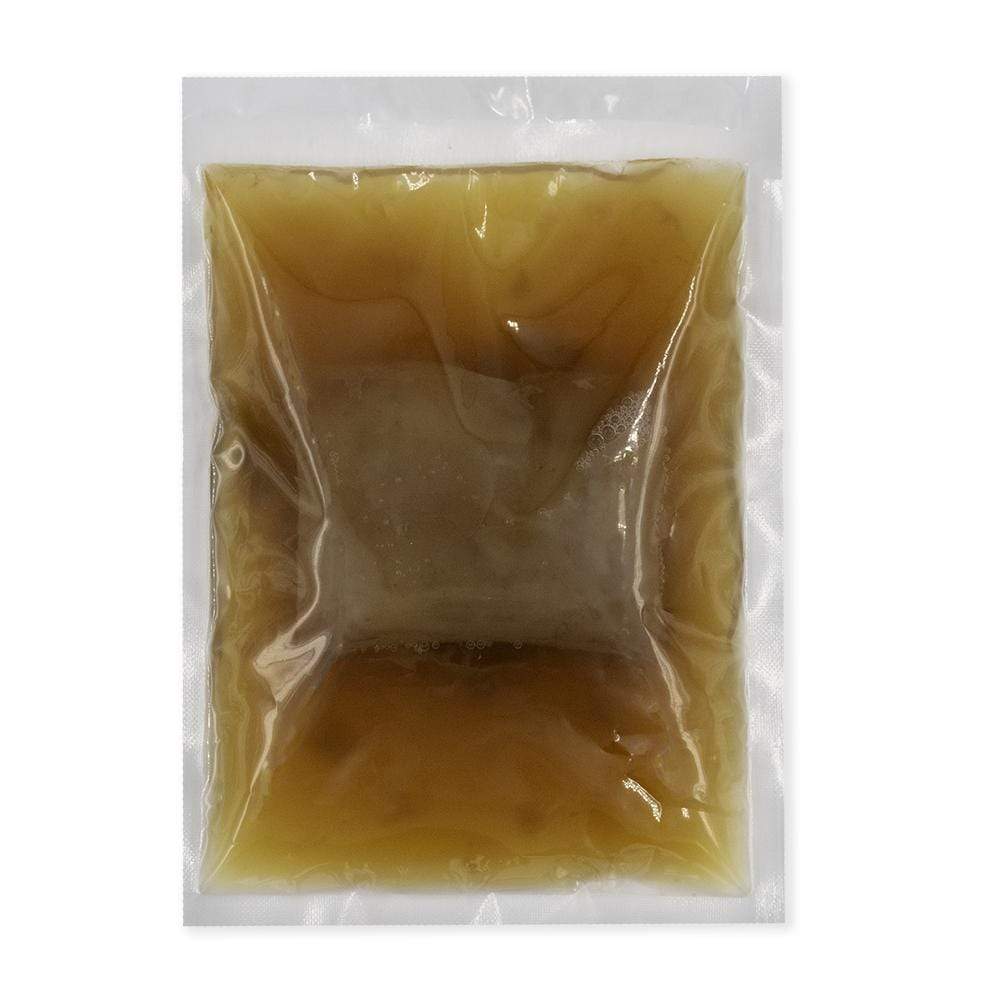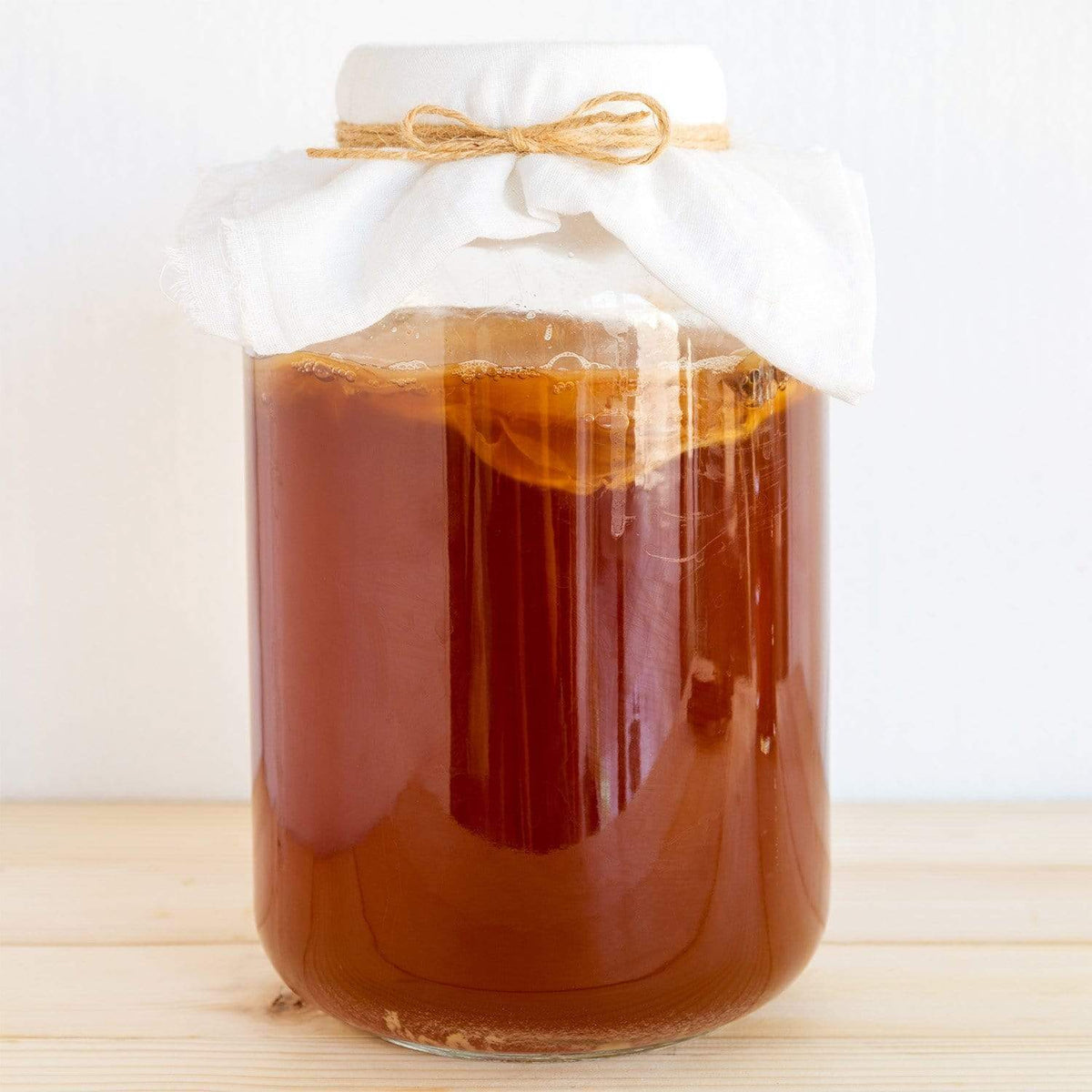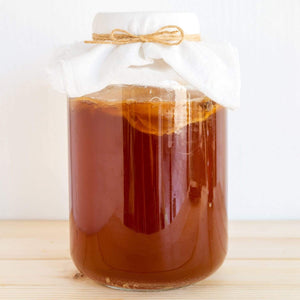
One of the most crucial factors that can make or break your kombucha is the temperature at which it’s brewed and fermented. If you don’t get it right, your brew can taste sour, or worse—it can become moldy!
But what is the right temperature for your kombucha? How do you know if you’re brewing with temperatures that are too low or high?
In this ultimate guide, we’ll share everything you need to know about kombucha temperature. What is the ideal temperature for brewing kombucha? How does temperature affect the taste and quality of your favorite fizzy drink? How can you check and regulate the right temperature for brewing kombucha? You’ll find all the answers below.
The Importance of Temperature in Kombucha Brewing

Temperature plays a vital role in kombucha brewing. You see, kombucha is a living drink that requires a specific temperature range to ferment properly. This is because it affects the growth and activity of the kombucha SCOBY, which is responsible for fermenting the sweet tea into tangy, probiotic-rich kombucha.
Thus, just like humans, the SCOBY has an optimal temperature range where it thrives and produces the best results. The ideal temperature range for kombucha fermentation is between 60°F and 85°F (16°C and 29°C). For best results and flavors, aim for a range of 75°F–80°F (24°C–26°C), especially during the first three to seven days of the fermentation process.
If your brewing temperature is too low or high, your kombucha will not be able to ferment as it should. This will have a direct effect on the taste and health benefits of your kombucha tea.
That’s why it’s important to keep an eye on your kombucha fermentation temperature.
SEE RELATED: Does Kombucha Help With Bloating?
The Effects of Temperature on Kombucha Brewing
Temperature affects the fermentation process of kombucha in several ways.
At lower temperatures, the fermentation process slows down, and the kombucha takes longer to brew. Plus, the SCOBY may not flourish, resulting in a flat-tasting and unpleasant kombucha. This type of kombucha lacks the desired sour and appley flavor that is found in a well-brewed kombucha.
Furthermore, if the brewing temperature falls below 64°F (18°C), the bacteria in the kombucha may become sluggish and unable to acidify the brew quickly enough to prevent mold growth.
On the other hand, if the temperature is too high, it can cause the fermentation to speed up, resulting in a sour and vinegary taste.
In both cases, as long as there is no presence of mold, kombucha brewed at any temperature is safe to consume. However, the taste may not be as enjoyable as a properly brewed kombucha.
Temperature also affects the yeast and bacteria in the SCOBY. Different strains of yeast and bacteria thrive in different temperature ranges, and the temperature can impact the balance of these microorganisms in the SCOBY. If the brewing temperature isn’t right, yeast may dominate the brew, which can hinder the growth of bacteria and the SCOBY.
Thus, finding the right kombucha brewing temperature is key to making delicious kombucha.
NOTE: The kombucha SCOBY is a tough culture that can handle various temperature changes and less-than-ideal conditions. But only for a little while—ranging from a few hours to a few days. So, it’s totally fine if you’ve accidentally messed up the kombucha temperature for a few hours or a day. Your kombucha can still recover once you provide it with the right brewing environment.
Different Temperature Ranges For Fermenting Kombucha
Here’s a reference table with the temperature ranges for fermenting kombucha to give you a better understanding of how temperature affects the fermentation process and taste of kombucha:
|
Temperature Range |
Fermentation Notes |
|
50°F (10°C) and below |
– Too cold for fermentation – Increases the risk of mold growth – Never recommended for fermenting kombucha |
|
50°F–64°F (10°C–18°C) |
– Slow fermentation with weak or yeasty flavors – May result in mold growth – Ideal temperature for long-term SCOBY hotel storage |
|
65°F–70°F (18°C–21°C) |
– Slow but acceptable fermentation – Longer brewing cycle – May result in weaker SCOBY growth and more yeast – Acceptable for SCOBY hotel storage or second fermentation |
|
71°F–77°F (22°C–25°C) |
– Smoother kombucha with good flavor but less bite – Fermentation will be slower than optimal – Suitable for close-to-mature CB setups |
|
78°F–80°F (26°C–27°C) |
– Optimal range for kombucha temperature – Best balance of yeast and bacterial activity – Best for balanced acid production and flavor development |
|
81°F–85°F (27°C–29°C) |
– High end of ideal brewing range – Produces kombucha with robust flavor and higher acidity levels – Ideal for stronger SCOBY growth |
|
86°F–100°F (30°C–38°C) |
– Favors yeast population and diminishes bacterial and SCOBY growth – Leads to a strong and intense flavor – Yeast may choke out the bacteria, but doesn’t cause their death |
|
101°F–108°F (38°C–42°C) |
– Risk of over-fermentation – Bacterial activity ceases – Yeast become hyperactive – Brew becomes vinegary and too acidic |
|
109°F (43°C) and above |
– Too hot for fermentation – Yeast start dying – SCOBY may suffer heat stress and can’t survive after a couple of days |
NOTE: If you’ve stored the SCOBY for too long at colder temperatures—let’s say below 50°F (10°C)—the acetic acid bacteria may become inactive permanently. This can cause the bacteria to be lazy during the start of a new batch and weak against mold development. Thus, don’t lose heart if your first few brewing cycles develop mold; just dump the moldy brew and start again!
Endless Live Black Tea Kombucha Starter Culture
Monitoring and Regulating Kombucha Temperature
To ensure the ideal kombucha temperature, it’s essential to check and regulate the temperature throughout the fermentation process. One of the simplest ways to do this is by using a thermometer to check the temperature of your brewing vessel regularly. Aim for a range of 68°F–78°F (20°C–25°C), as this is where the SCOBY is most active.
If the kombucha brewing temperature is too low, you can use a heating mat or a warm spot in your home to warm up the brew. If the temperature is too high, you can move the brewing vessel to a cooler spot or use a fan to cool it down.
NOTE: Never use heat lamps or light bulbs near your kombucha. Why? Because the light can have antibacterial properties that could harm the beneficial bacteria in your brew. Plus, if you place your kombucha vessel near a heat source, it can cause hot spots, leading to uneven heating of your kombucha.
The Bottom Line for Kombucha Temperature
To wrap up, temperature plays a vital role in the fermentation process of kombucha. The ideal temperature range for brewing kombucha is 75°F–80°F (24°C–26°C). But the temperature can vary depending on the desired flavor and fermentation time.
Always monitor and regulate the temperature throughout the fermentation process to ensure the best results. Lastly, avoid extreme temperatures that can harm the SCOBY or lead to mold growth. By following the tips and information in this ultimate guide, you can brew delicious and healthy kombucha every time.























